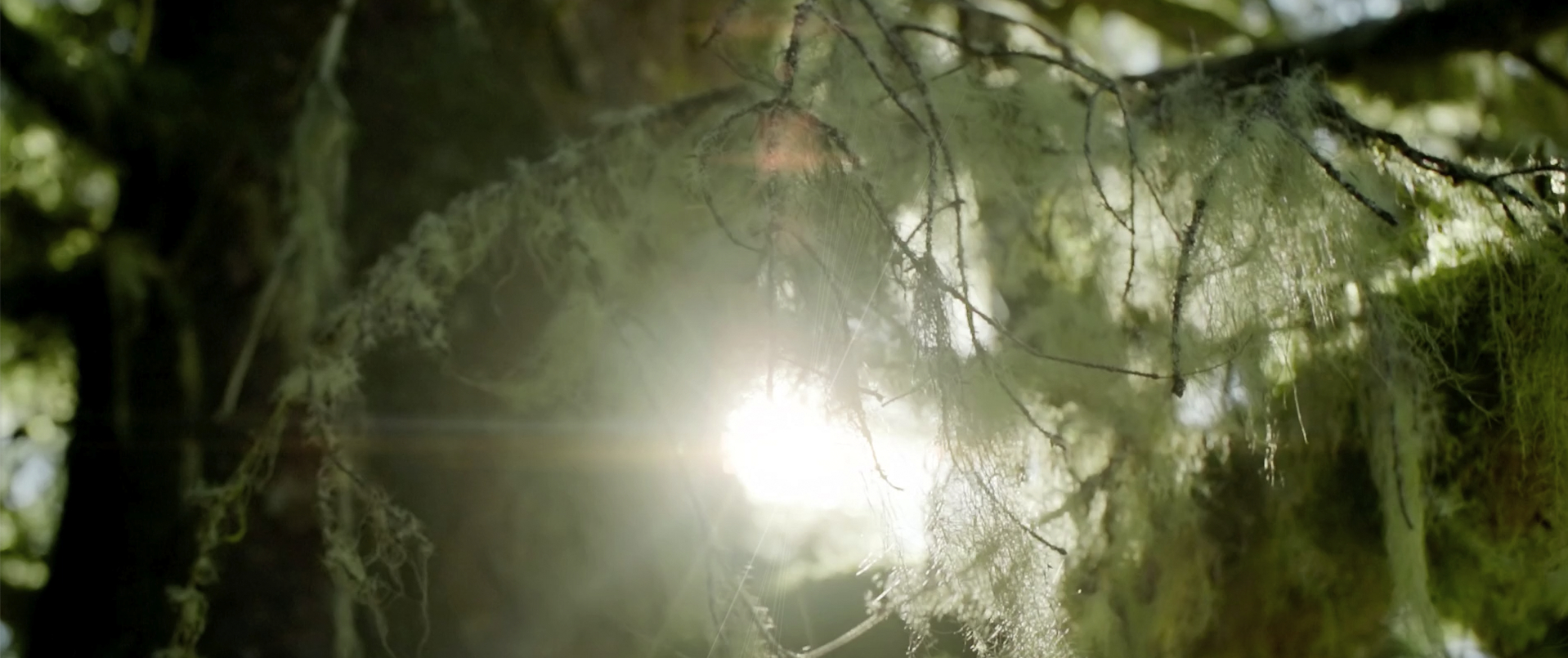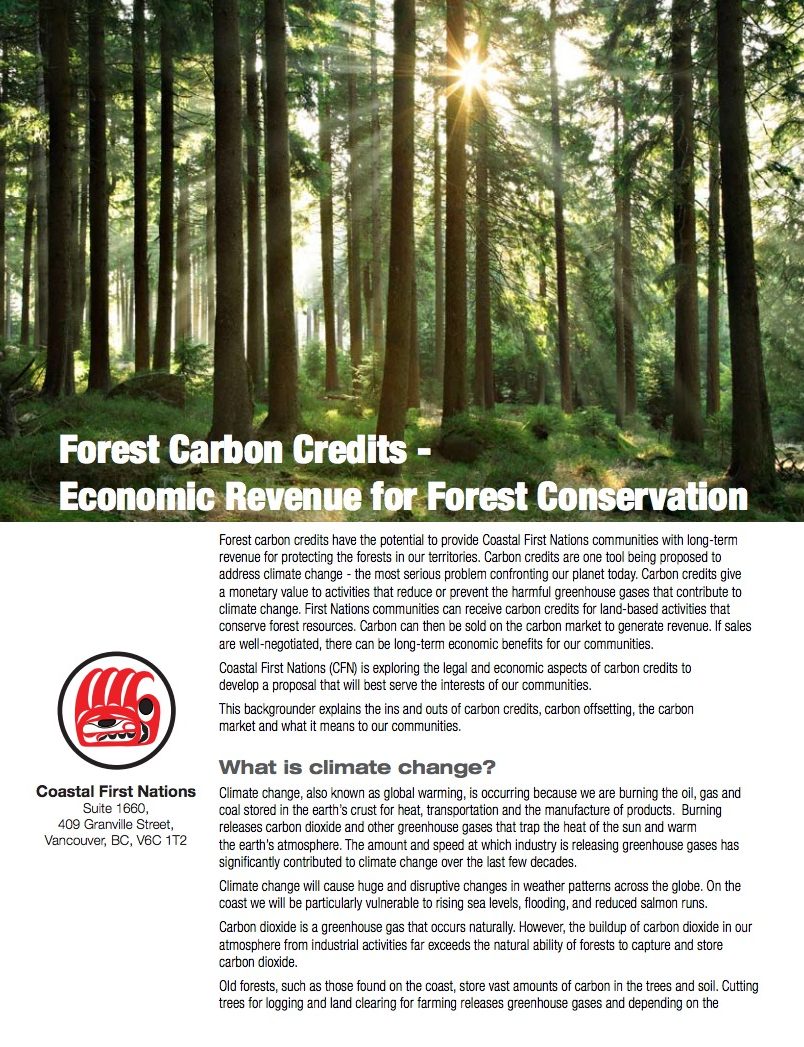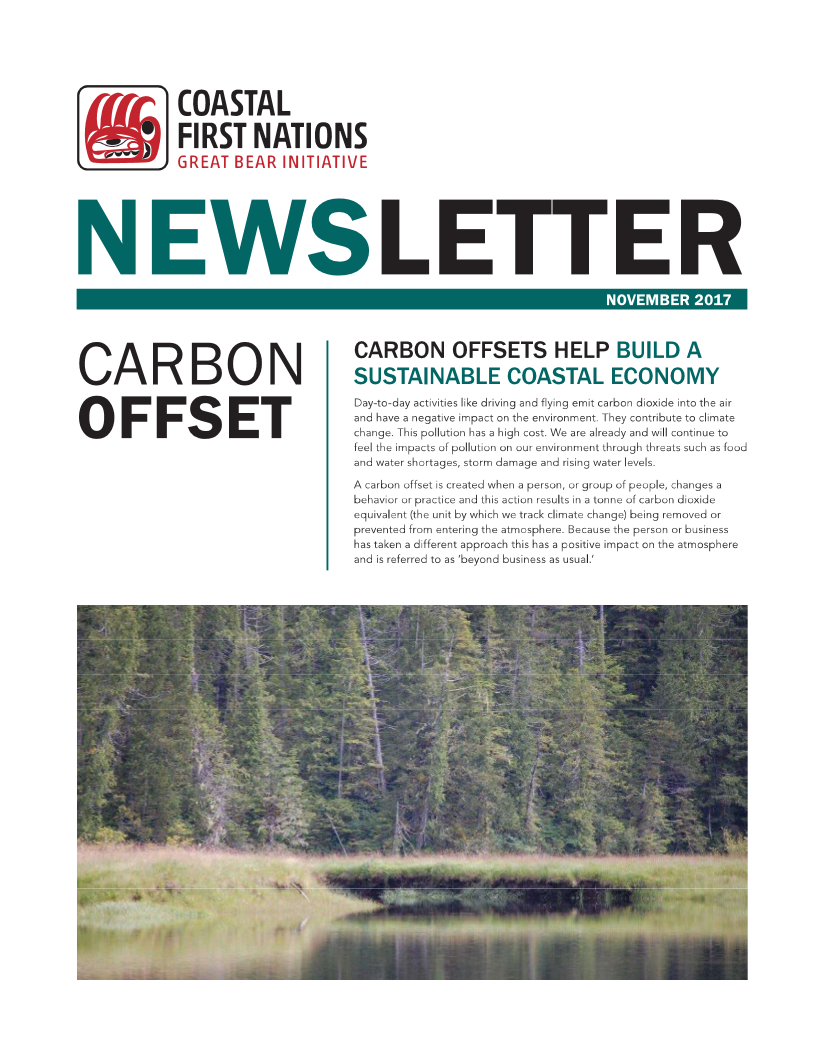Carbon Credit Landmark Agreement
In 2009, Coastal First Nations and the Province of British Columbia agreed to one of the largest carbon offset projects in existence.
The Atmospheric Benefit Sharing Agreements give First Nations on the coast the ownership and right to sell carbon offsets in our Territories.
These agreements are the first of their kind in British Columbia and the world.
Why Carbon Credits?
The revenue-sharing agreement gives Coastal First Nations 80 per cent of the revenue from carbon credit sales, and the ability to harvest one million tonnes of ‘carbon offsets’ per year from the Great Bear Rainforest.
Carbon credit sales help us:
- End destructive industrial logging practices in the rainforest
- Protect important ecological and environmental values
- Generate our own source of revenue for economic self-sufficiency
Climate Change
Our coastal old growth forests play an important role in capturing and storing vast amounts of carbon dioxide in the trees and soil.
The Great Bear Rainforest is a remarkable example of this. The trees and soil here store more carbon per hectare than any of the world’s tropical rainforests, including the Amazon.
But when trees are cut for logging or land clearing, carbon dioxide escapes back into the atmosphere. This greenhouse gas traps the heat of the sun and warms the earth’s atmosphere – contributing to harmful climate change impacts. In some landscapes, cutting trees can reduce the earth’s ability to capture carbon for decades or even centuries.
How do First Nations generate carbon credits?
First Nations are using ecosystem-based management practices to reduce the number of trees cut and improve forestry practices in our Territories.
This helps increase the amount of carbon stored in our forests.
First Nations then sell carbon credits that represent these increased volumes – and buyers use the credits to offset their own greenhouse gas emissions.
Some of the ways First Nations are improving forest practices:
- Avoiding deforestation or degradation such as reducing the rate of logging
- Improving forest management such as using ecosystem-friendly practices that protect more trees by logging less frequently or more carefully
- Planting forests where there have never been forests before
- Replanting forests where they have been absent for a long time



